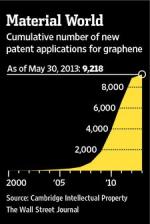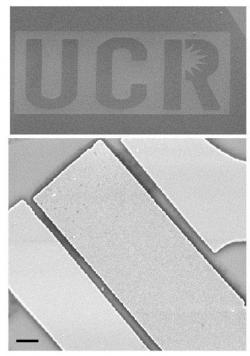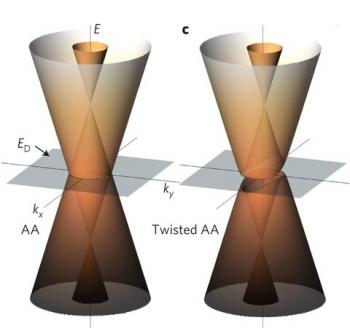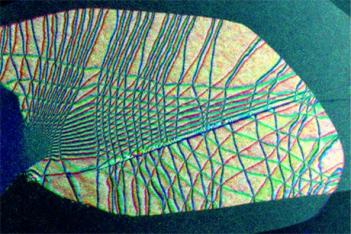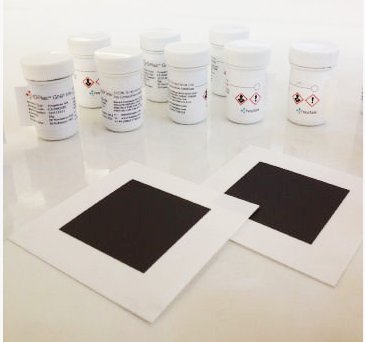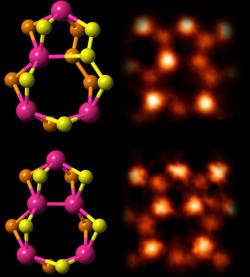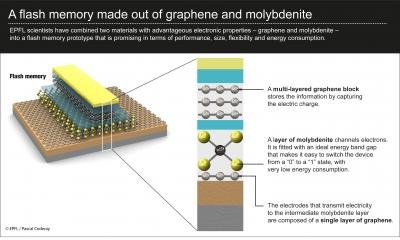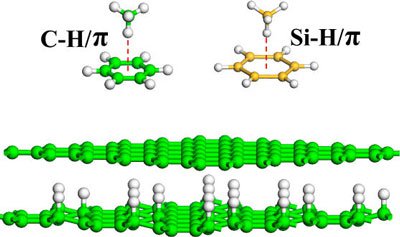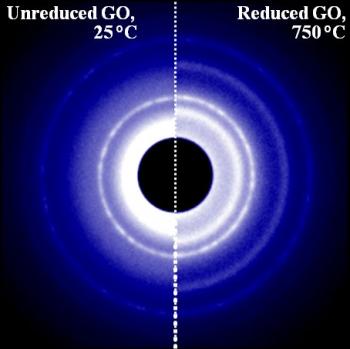Chlorine doping proves a good way to open a band gap in graphene without harming the electronic properties
Researchers from MIT developed a new way to p-dope graphene (and open up a bandgap) without harming the material's electronic properties a lot. The process basically dopes with chlorine using a plasma-based surface functionalization technique. The researcher say that their chlorine-doped graphene keeps a high charge mobility (around 1500 cm2/V) after the hole doping.
Using this process, you can get the chlorine to cover over 45% of the graphene surface, the highest surface coverage area reported for any graphene doping material. In theory, covering 50% of the graphene with chlroine in both sides can open up a 1.2 eV band gap. This means that the 45% currently achieved is very close to this target. The researchers plan to start using suspended graphene sheets so that they can cover both sides.
